How the properties of reflection can be used in the material selection a building?
Flat slab - Flat slab is minimum 8″ or 0.2m. Slab without drop and column without column head(capital). Slab with drop and column without column head. Slab without drop and column with column head. Slab with drop and column with column head. Conventional slab - conventional slab is 4″ or 10cm. 5″ toRead more
Flat slab – Flat slab is minimum 8″ or 0.2m.
- Slab without drop and column without column head(capital).
- Slab with drop and column without column head.
- Slab without drop and column with column head.
- Slab with drop and column with column head.
Conventional slab – conventional slab is 4″ or 10cm. 5″ to 6″ inches
- One-Way Slab
- Two-Way Slab


Hollow core ribbed slab
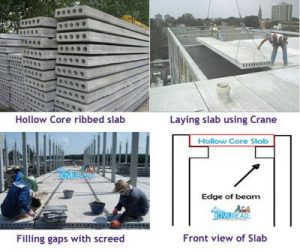

Hardy slab
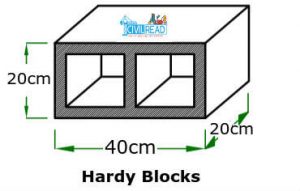

- One way Hardy Slab
- Two way Hardy slab
Waffle slab
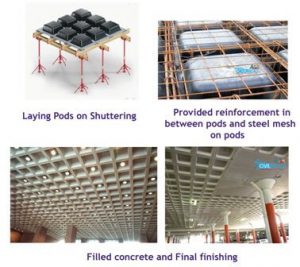

- Triangular pod system
- Square pod system
Dome slab
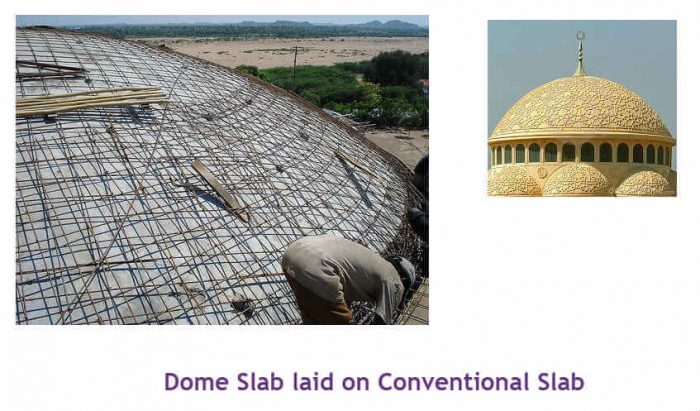

Pitch roof slab
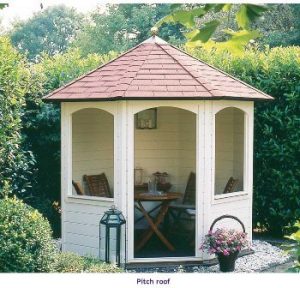

Slab with arches
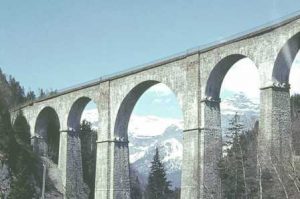

Post tension slab
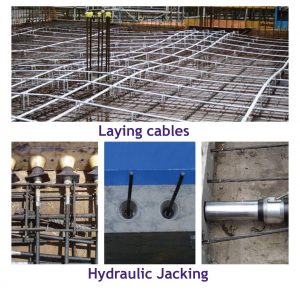

Pre tension Slab
Low roof slab
Projected slab
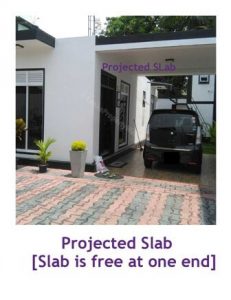

Grads Slab/ Slab on grade
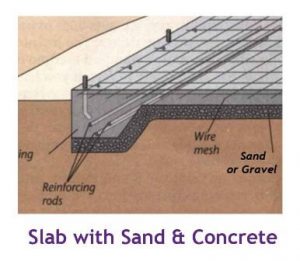

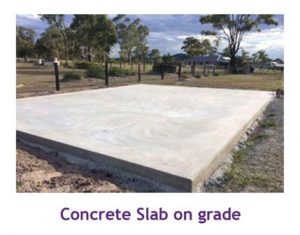

Sunken Slab
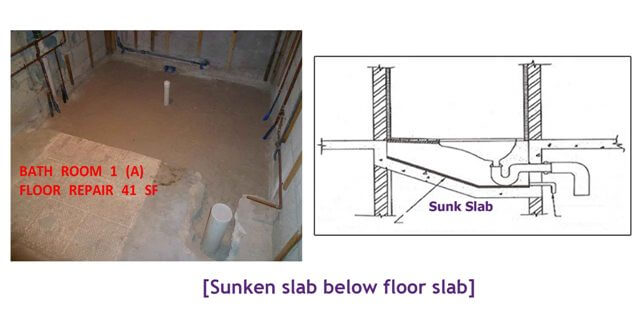

a) Effective span of slab:
Effective span of slab shall be lesser of the two
1. L = clear span + d (effective depth )
2. L = Center to center distance between the support
b) Depth of slab:
The depth of slab depends on bending moment and deflection criterion. the trail depth can be obtained using:
- Effective depth d= Span /((L/d)Basic x modification factor)
- For obtaining modification factor, the percentage of steel for slab can be assumed from 0.2 to 0.5%.
- The effective depth d of two way slabs can also be assumed using cl.24.1,IS 456 provided short span is 3.5m and loading class is <3.5KN/m2
Type of support
Simply supported
Fe-250 – L/35
Fe-415 – L/28
Continuous support
Fe-250 – L/40
Fe-415 – L/32
Or, the following thumb rules can be used:
- One way slab d=(L/22) to (L/28).
- Two way simply supported slab d=(L/20) to (L/30)
- Two way restrained slab d=(L/30) to (L/32)
c) Load on slab:
The load on slab comprises of Dead load, floor finish and live load. The loads are calculated per unit area (load/m2).
Dead load = D x 25 kN/m2 ( Where D is thickness of slab in m)
Floor finish (Assumed as)= 1 to 2 kN/m2
Live load (Assumed as) = 3 to 5 kN/m2 (depending on the occupancy of the building)


Detailing Requirements of RCC Slab as per IS456: 2000
a) Nominal Cover:
For Mild exposure – 20 mm
For Moderate exposure – 30 mm
However, if the diameter of bar do not exceed 12 mm, or cover may be reduced by 5 mm. Thus for main reinforcement up to 12 mm diameter bar and for mild exposure, the nominal cover is 15 mm.
b) Minimum reinforcement: The reinforcement in either direction in slab shall not be less than
- 0.15% of the total cross sectional area for Fe-250 steel
- 0.12% of the total cross-sectional area for Fe-415 & Fe-500 steel.
c) Spacing of bars: The maximum spacing of bars shall not exceed
- Main Steel – 3d or 300 mm whichever is smaller
- Distribution steel –5d or 450 mm whichever is smaller Where, ‘d’ is the effective depth of slab. Note: The minimum clear spacing of bars is not kept less than 75 mm (Preferably 100 mm) though code do not recommend any value.
d) Maximum diameter of bar: The maximum diameter of bar in slab, shall not exceed D/8, where D is the total thickness of slab.
See less

nikeetasharma
The property of reflection can be used for the selection of material like glass for windows, tiles, etc.
The property of reflection can be used for the selection of material like glass for windows, tiles, etc.
See less